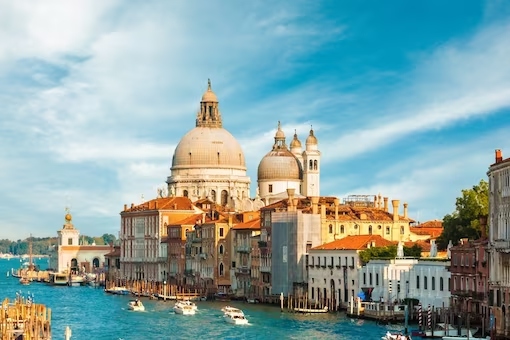With the travel industry back in full swing, European cities once again find themselves grappling with the challenges of over-tourism. Statia shared that the idyllic town of Hallstatt in Austria made headlines as its local government took measures to curb the influx of tourists, including restricting selfies and imposing daily limits on vehicles. As the impact of over-tourism becomes increasingly apparent, a comprehensive ranking based on 2019 tourism figures reveals the European cities that are most overwhelmed by visitors, straining local infrastructure and the very essence of these beloved destinations. If you are planning a visit to Europe but want to avoid overcrowding, mark these four places:
- Dubrovnik, Croatia: The Reigning Champion of Overload
Dubrovnik tops the list, with a staggering ratio of 36 tourists per local resident. This UNESCO World Heritage Site has seen a surge in popularity, especially during the peak summer months of July and August, reported Holidu. To avoid the crowds, savvy travellers are encouraged to plan their visit in early May or mid-September to mid-October when the city is relatively quieter. - Venice, Italy: Preserving the Serenity of the Floating City
Renowned for its enchanting canals and romantic ambience, this city finds itself sharing the second spot with an astonishing ratio of 21 tourists per inhabitant. However, Venice’s popularity has come at a cost, as the city has grappled with the impact of over-tourism, particularly from day-trippers arriving on cruise ships. In an effort to preserve its delicate ecosystem and manage the influx of visitors, Venice has implemented strict measures. Despite its allure, Venice faces significant environmental challenges due to its unique location within a lagoon. - Bruges, Belgium: A Medieval Gem in the Limelight
Known for its enchanting medieval architecture and picturesque canals, Bruges has a vibrant tourism scene starting from late May and extending through the summer. This UNESCO World Heritage Site attracts travelers from all over the globe with 21 tourists per inhabitant. To avoid the crowds, the shoulder season of early May or September is the ideal time to explore Bruges. - Rhodes, Greece: Where History Meets Natural Beauty
Rhodes, the largest of the Dodecanese islands, also shares second place with Bruges and Venice. With 21 tourists per inhabitant, this Greek gem offers a captivating blend of ancient ruins and breathtaking beach resorts. To escape the peak holiday season and enjoy a more tranquil experience, visiting between April and May is highly recommended. - Reykjavik, Iceland: Nature And Rugged Landscape
With waterfalls, blue lagoons, glaciers, and even active volcanoes, it is no wonder this place is on several people’s bucket lists. With 16 tourists per inhabitant, the magnificent city comes fifth on the list. A more secluded holiday can be enjoyed in the months of May and September.
As Europe’s favourite cities grapple with over-tourism, it’s essential for travellers to be mindful of the impact their visits have on these destinations. By choosing off-peak seasons, embracing sustainable tourism practices, and exploring alternative lesser-known locations, we can collectively help preserve the cultural heritage and local charm that make these cities so special.


